Yes! It is time for blog 3 of the #StayFit series. But before I start I must say: I (and probably a lot more swimmers in the Netherlands) am very happy that our government announced a reopening of the swimming pools. This is for both the indoor and outdoor pools. I hope that they come up with suitable solutions that we as swimmers are able to swim – in a safe way – again.
In blog 3 I am going to tell you about dryland training. Or more specific: excercises on land with equipment and without water. What are the subjects? In this blog I’ll discuss flexiblity, core-stability and the maintenance of the upper-body.
Dryland as preparation for your swimming
The pros
- You can train your swim-specific muscle groups
- Flexibility is a must for good swimming technique
- Core-stability gives you a good body position in the water
The cons
- No supervision during exercises
- Entry level can be high
- The risk of doing too much, too fast
Now it is time to discuss every pro and con in more detail. Why do I think these kind of exercises deserve our attention and why can they make you a better swimmer?
Every pro and con further explained
Pro 1: You can train your swim-specific muscle groups
The first pro is very important nowadays: to train your swim-specific muscles. We are all doing much more other sports than swimming. You can think of running, cycling, skipping rope and more. A lot of these sports focus more on your legs, but unfortunately not so good on your upper-body. This is also one of the topics I mentioned in the first blog of the #StayFit series.
Dryland can be a perfect excercise to help us train our upper-body. This is particularly important when we are going back to our normal swimming routine. We have multiple ways to do this. I use two ways myself: resistance training with a resistance band and strength training as High Intensity Interval Training (HIIT).
From these two ways I want to discuss the resistance band training in a bit more detail. You only need a resistance band with on both edges two handles. There are numerous excercises for your back, shoulders and arms. And on top of that: you can determine the resistance by yourself. Exercises I do regularly are for instance: internal rotation, external rotation, rows, bicep curls, tricep extensions and more. I am not going to discuss everyone of them in detail, but you can always ask me what those excercises mean. A combination of these will definitely keep your upper-body strong enough to keep up with your swimming effort.
Pro 2: Flexibility is a must for good swimming technique
Flexiblity and stability are like Yin and Yang in swimming. First, I am going to tell about flexibility and why that’s so important. All the swimming strokes: front crawl, backstroke, breaststroke or butterfly are – unfortunately for us as swimmers – quite unnatural movement patterns.
I am ging to illustrate this with the next example. When you are swimming freestyle and you put your hand in the water, the first thing you want to do is get a good grip on the water. To get this grip, you want your hand perpendicular on the water, like a shovel. The movement from when you put your hand in the water until you made this shovel is in swimming called ‘the catch’. In the ideal situation your upper-arm stays just below the surface of the water, meanwhile your under forearm and your hand both drop at the same time to create this shovel. This particular movement is not an everyday one and to do is well you need good flexbility in your shoulders.
Stretching your body is an ideal start to increase your flexibility. If you want to use stretching to your advantage, I recommend doing this at least two times a week 15 – 25 minutes. But, on which muscles do I focus? Well, I make sure I stretch almost every muscle in my body because you’ll use almost every muscle in your body when swimming. You can think of: arms, shoulder, back, abs, glutes, hamstrings, calves, ankles and more.
Pro 3: Core-stability gives you a good body position in the water
The last pro is also very important. When we are in the water there is almost no gravity. That’s the main reason our head, hands and feet can go anywhere. But as you can imagine, we don’t want this to happen! Every unnecessary movement we do is going to create resistance in the water. And all these unnecessary movements can slow you down easily. A good stability can solve this problem.
Let me tell you a common swimmer issue. When a swimmer makes strokes and his hips go constantly from left to right this is due to either a bad swimming technique or bad core-stability. You obviously don’t want your hips to go from left to right, and to dimish this effect you can tighten your core. So I think this is a good time to invest in your core-stability.
Where flexiblity ensures a smoother movement pattern, stability ensures we can keep our body parts to stay in place. And like I told you before, this is just as important. I train core-stability by doing excercises for my abs and back. You can aslo choose to use other kind of excercises, for example with a TRX. If you can do these excercises two times a week for around 15 minutes you are going to feel the difference during your swimming sessions.
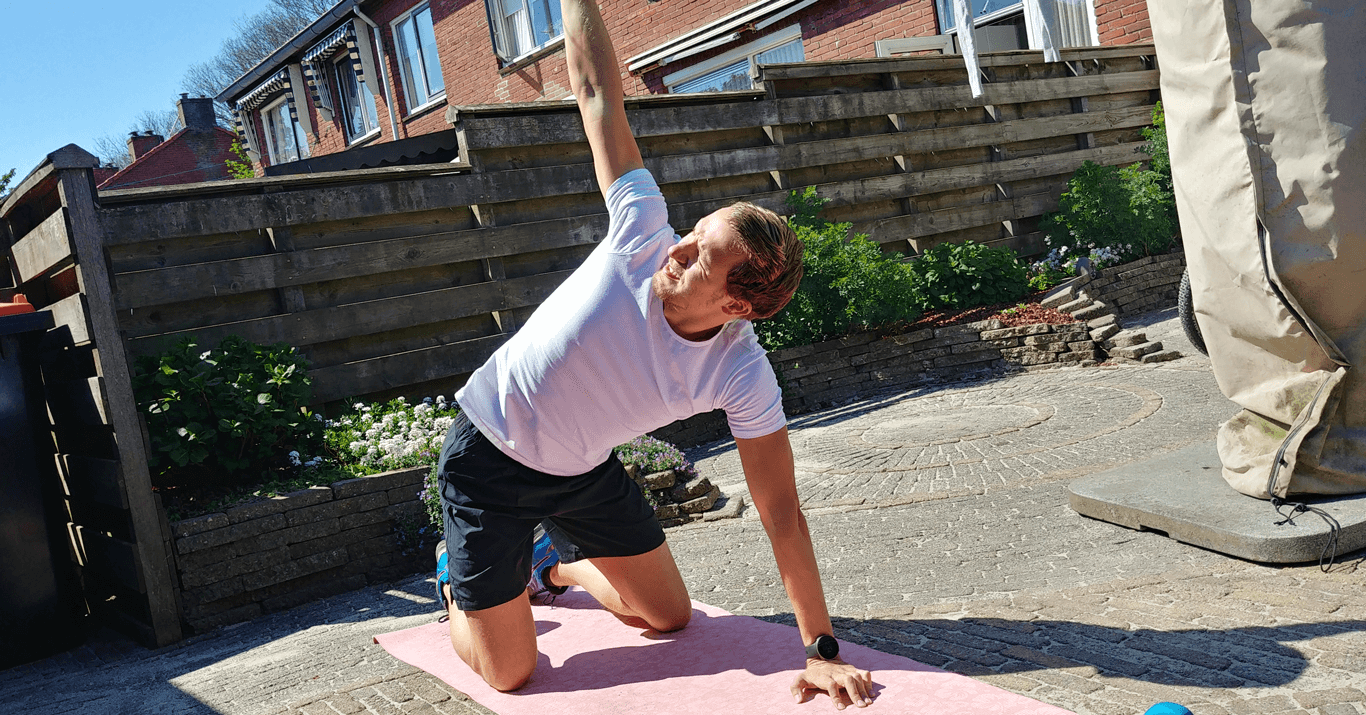
Con 1: No supervision during exercises
Now that we’ve discusses the pros it is time to go to the cons. If you train alone, you probably don’t have supervision during your excercises. If this is true then it is very important that you know what you are doing. There is more than enough information available on the web. Videos, images and more so make sure you read this through before you start.
What also helps is to ask your parner, brother, sister, dad or moeder to film you during training. Afterwards you can see how you did and improve your skills. Or you can compare it with the examples on the web. I also ask my family or friends to film me regularly.
Con 2: Entry level can be high
Another con is the entry level, which can be high sometimes. Of course, this entry level depends on your previous experience with dryland. Besides that, it also depends on whether your doing strength, flexiblity or stability training. As you can imagine stretching isn’t that hard compared to strength training. You should determine which kind of exercises you can or cannot do. I had a proper education at the Royal Dutch Swimming Federation whcih helps me a lot.
My advise to you is to read a lot on the web before you start. Take it easy in the beginning. Keep listening to your body at all times. And finally keep track of your recovery and muscle pain and take extra rest where needed.
Con 3: The risk of doing too much, too fast
The last con is kind of similar to the other two. This is particular important when doing strength sessions with (heavy) weights. When you start ding this it might feel easy and good and you start increasing your weights. You can, but you should be really careful with this. If you force your body to hard you’ll break more than you build.
So take your time to learn the proper technique and movements. It is probably something you haven’t been used to. Mainly that’s why you should take your time. You can better increase for example weights later, then to find it out the hard way.
Dryland is always good as a swimmer
With all the pros and cons explained we are at the end of this blog. But before I end it, I want to emphasize one thing: all the three ways of dryland are very important for us as swimmers. Not only in this particular time. If you want to become a better swimmer you plan dryland in your weekly schedule. Even if it is just once a week. On the long term you’ll notice progression which you can use for – open water – swimming. Do you have any questions or do you want to give your opinion? You can comment below. And don’t forget to check in next week for another blog in the #StayFit series.

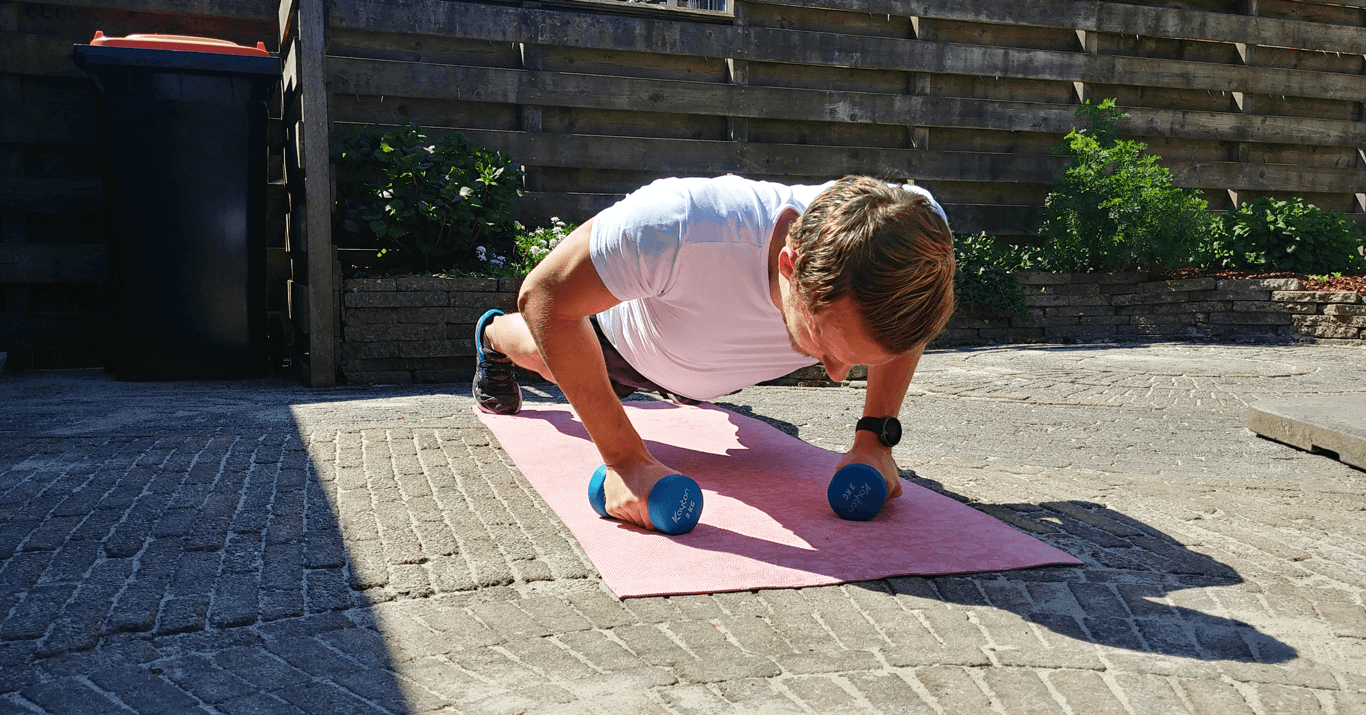
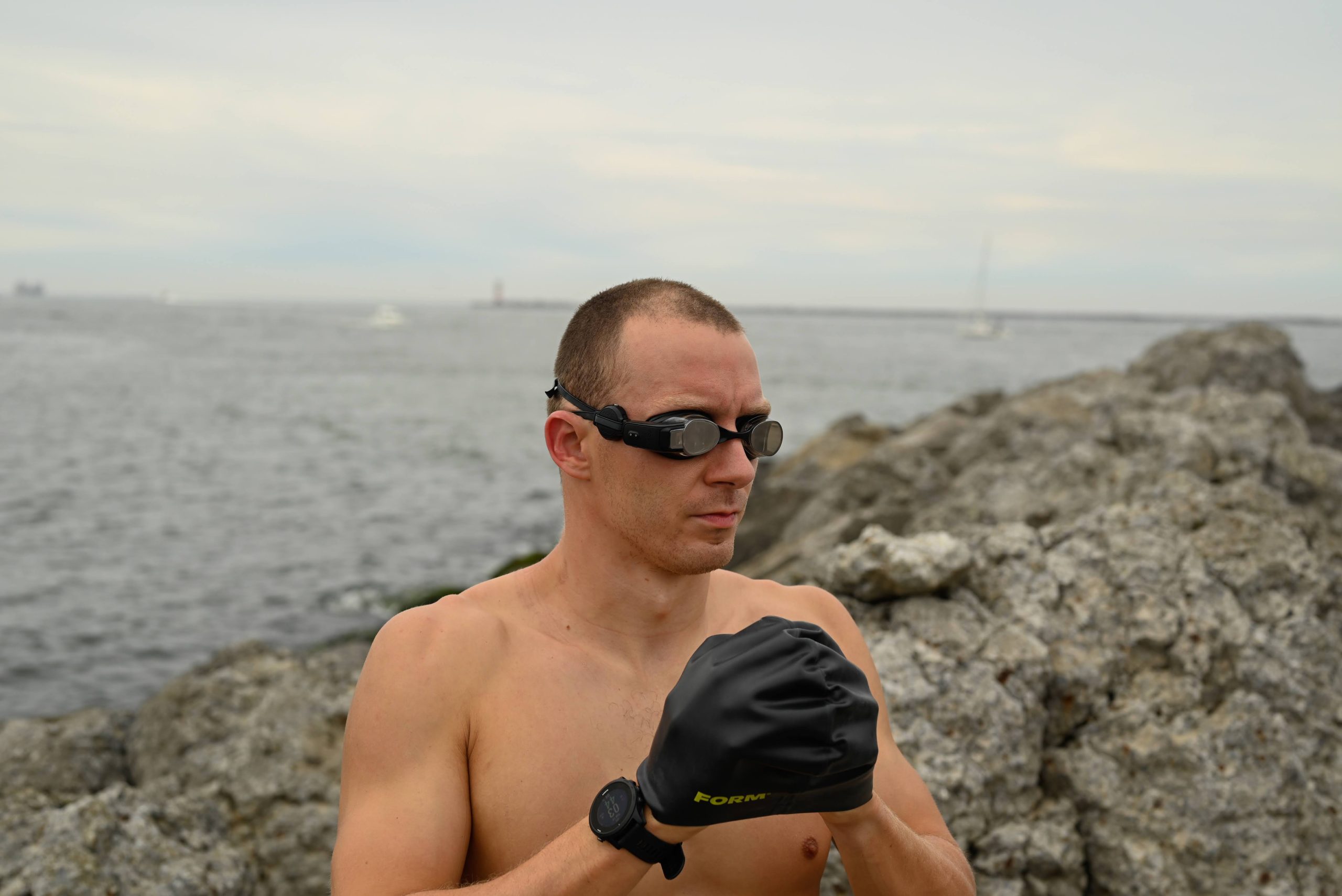
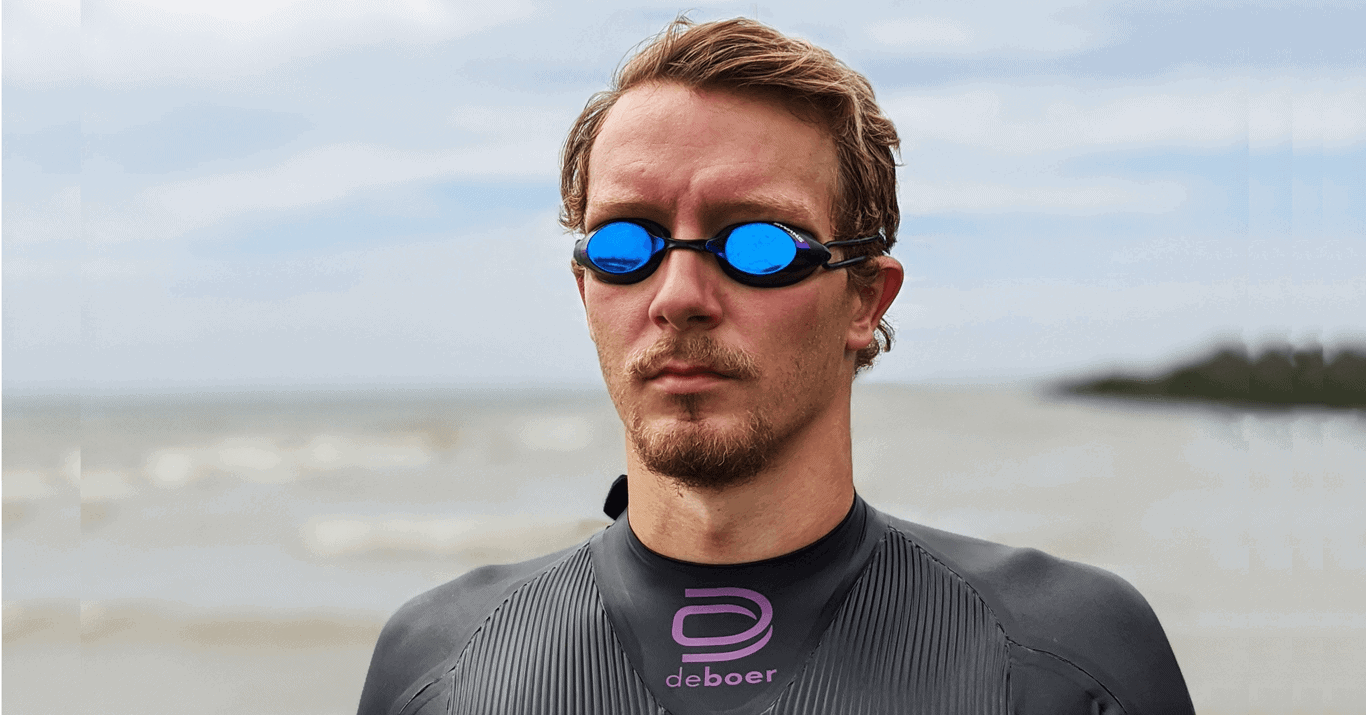
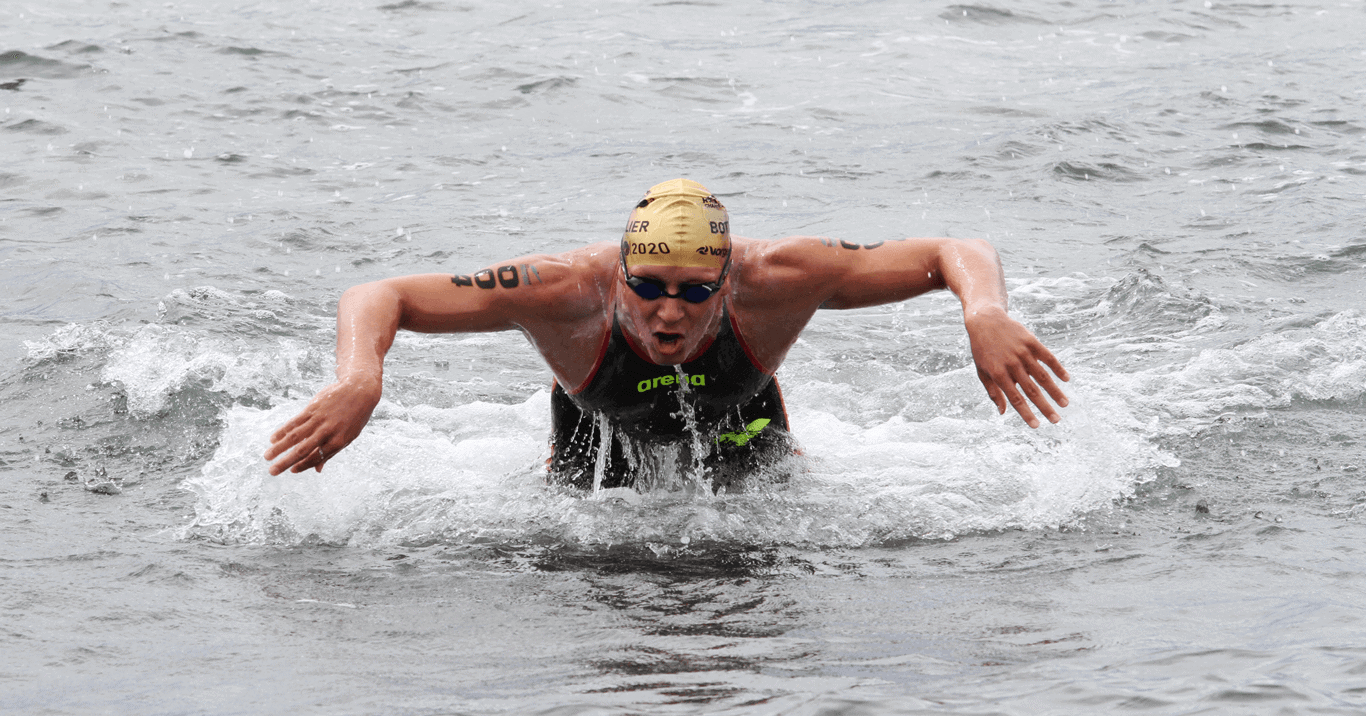
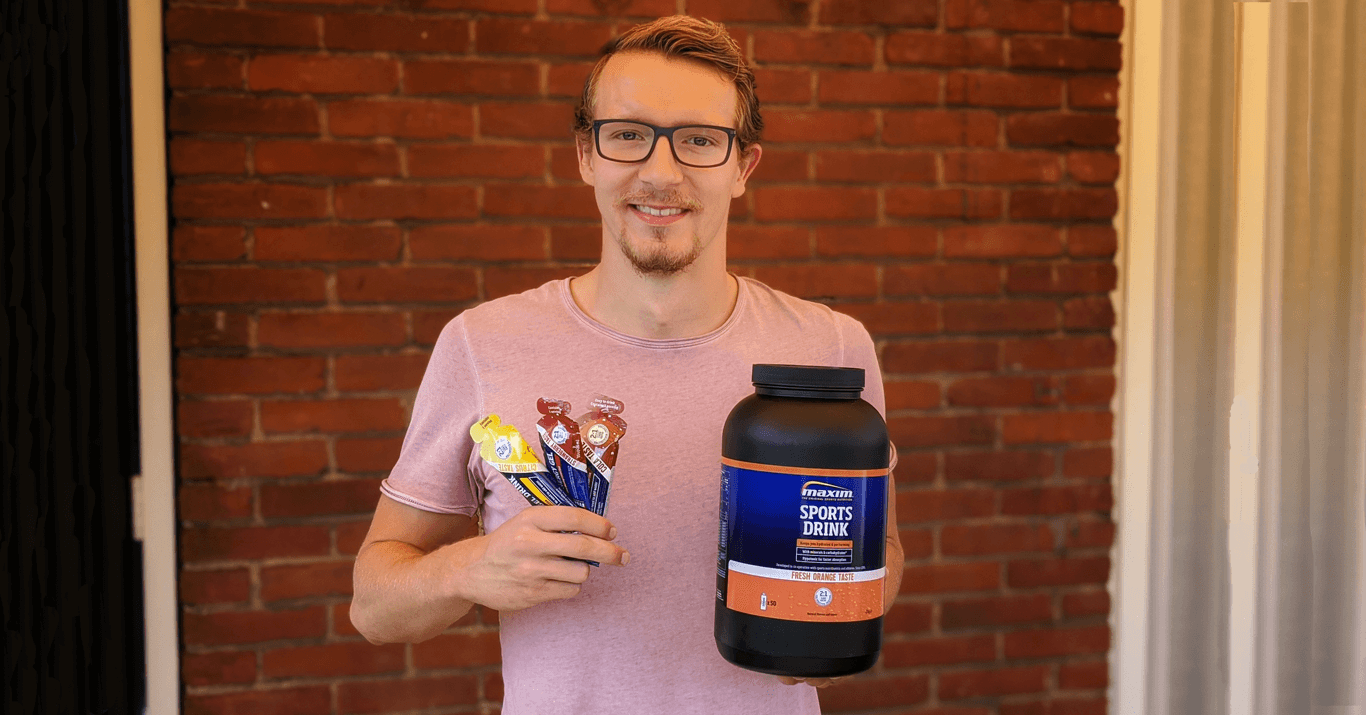
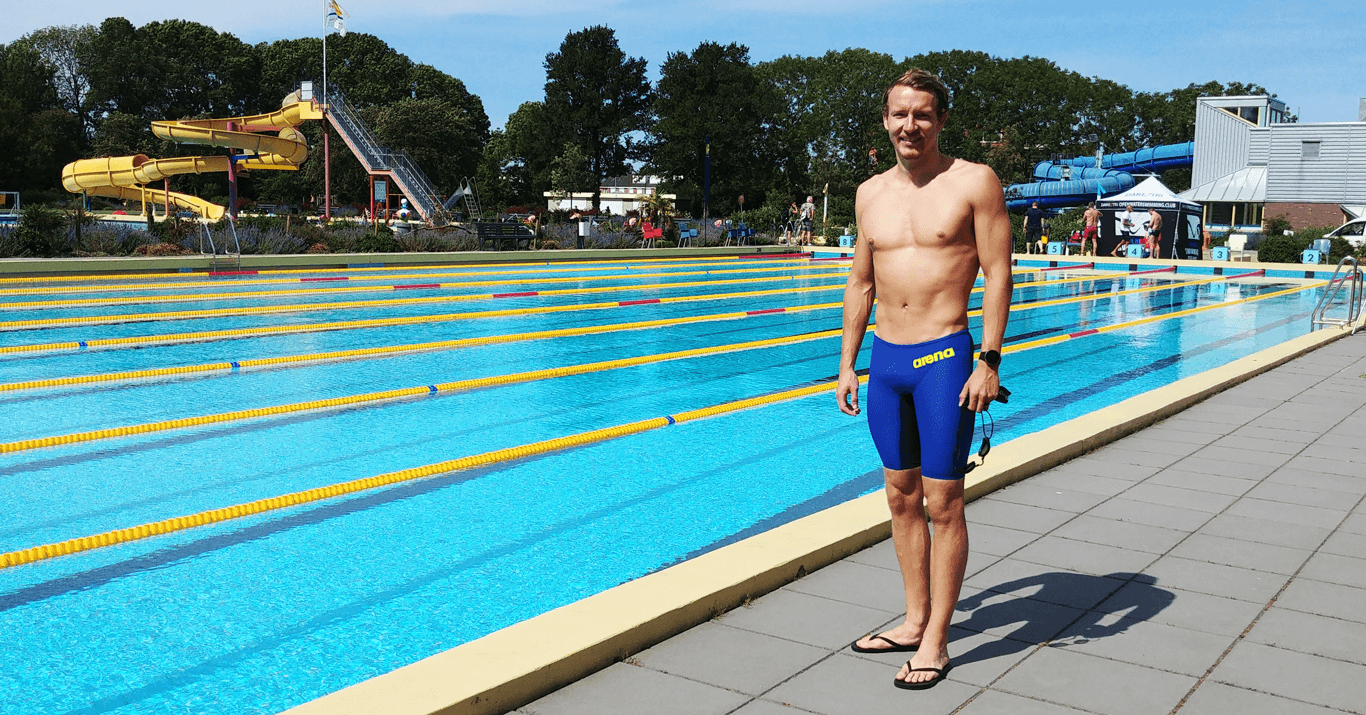
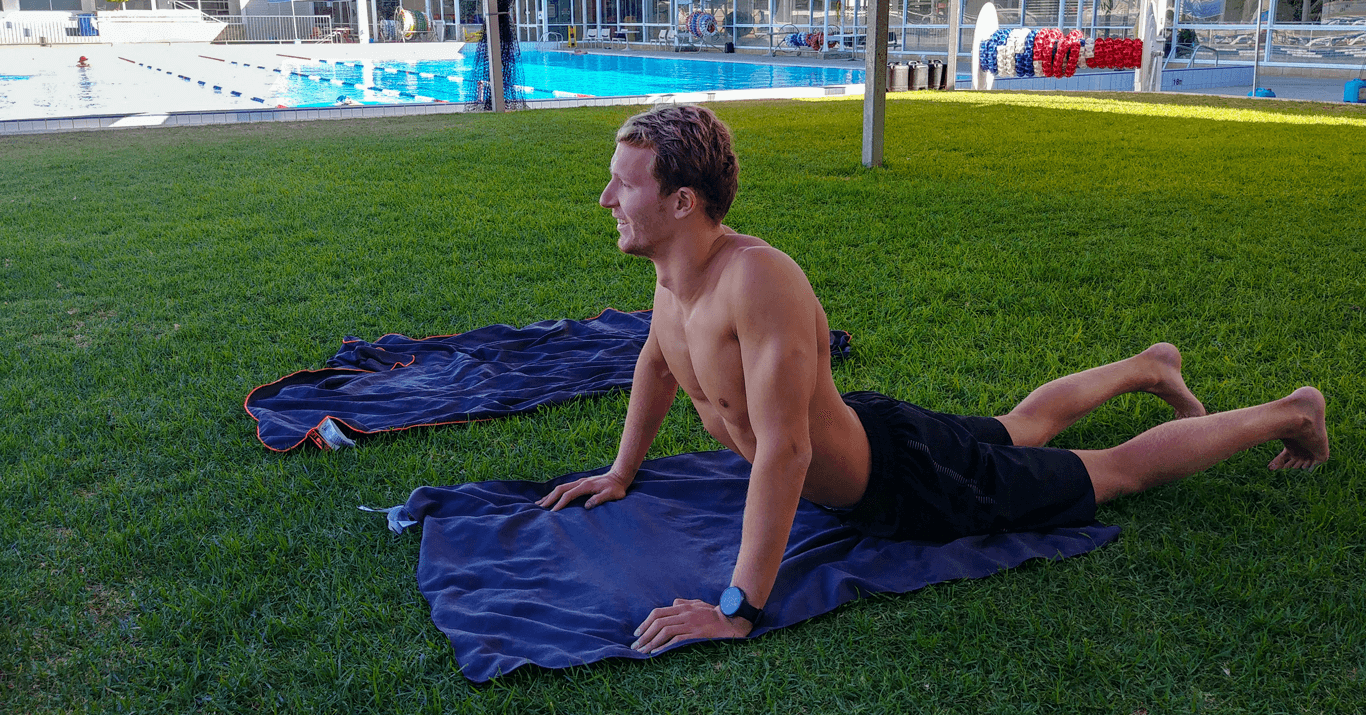







Hi Lars, I was wondering do you recommend jumping rope specifically to train the legs/kicking speed, or should it be regarded more as a warm up activity to get the muscles moving? Regards, Steve
In my experience jumping rope can be a good warm up to get the hearth rate up and running and to have some blood being pumped towards your legs. That being said I don’t think it improves kick or kick speed a lot. However the good thing is: kicking is one of the best trainable parts of swimming. Make it a habit in your training sessions to do the kicking. And also improve ankle flexibility which is really important!